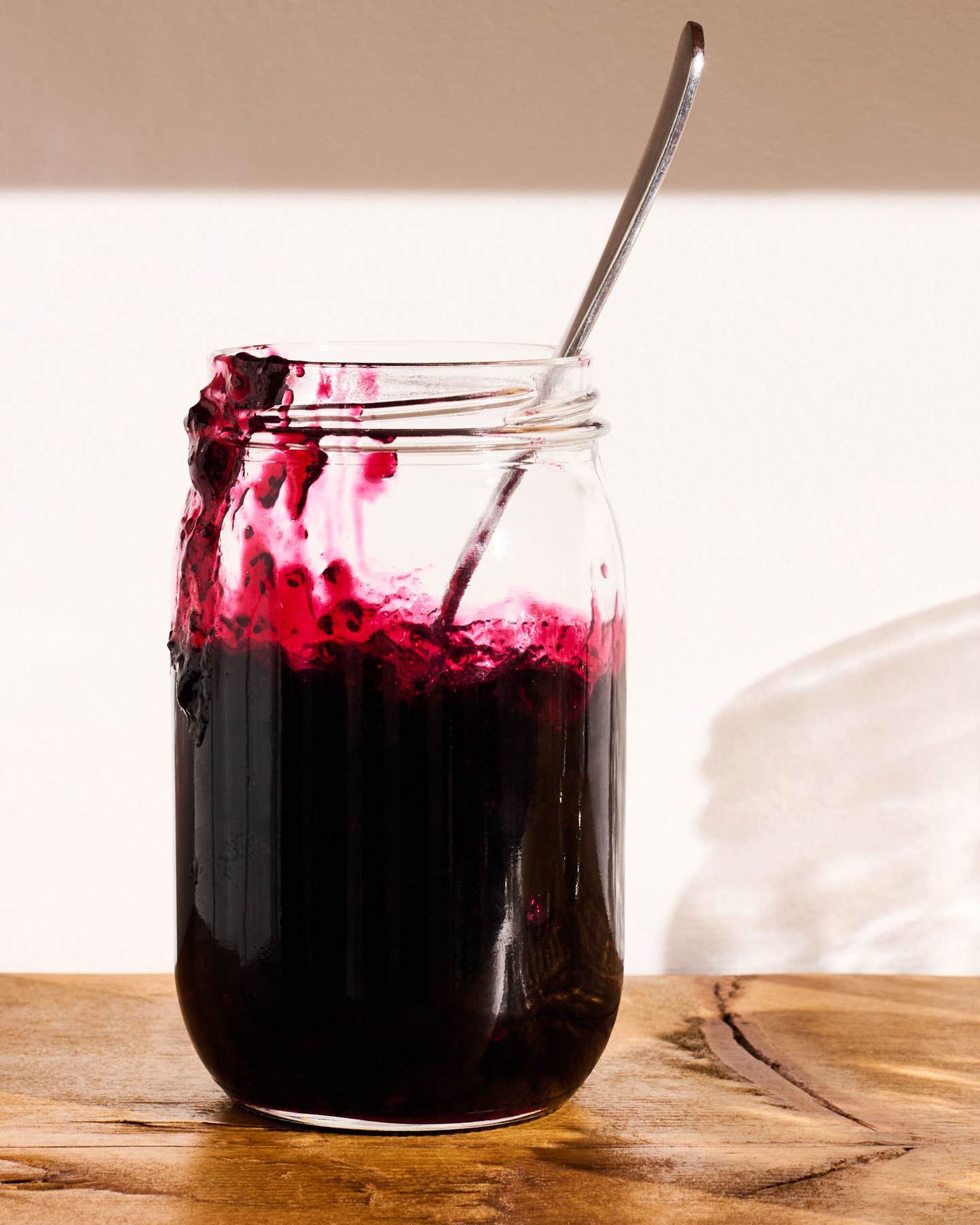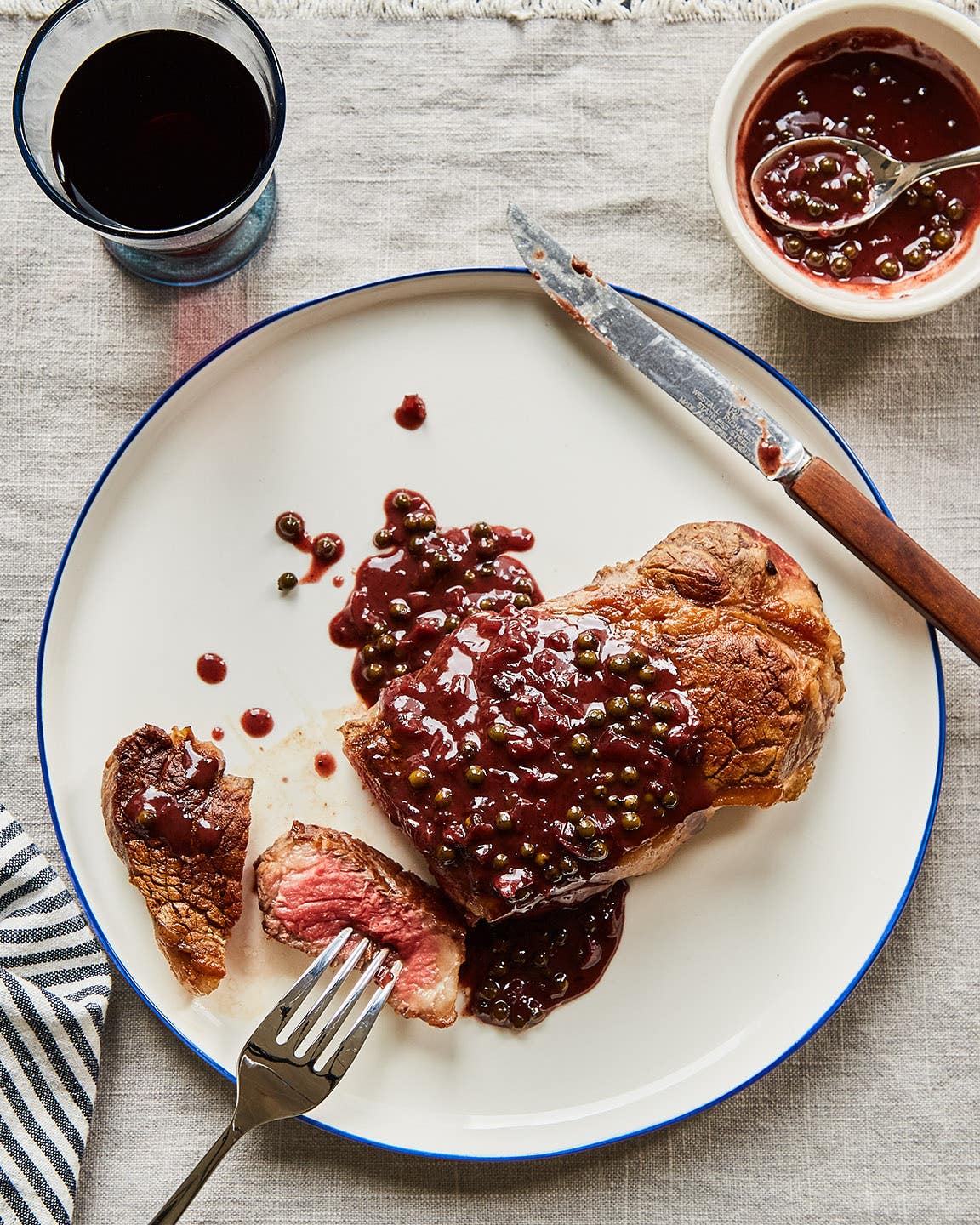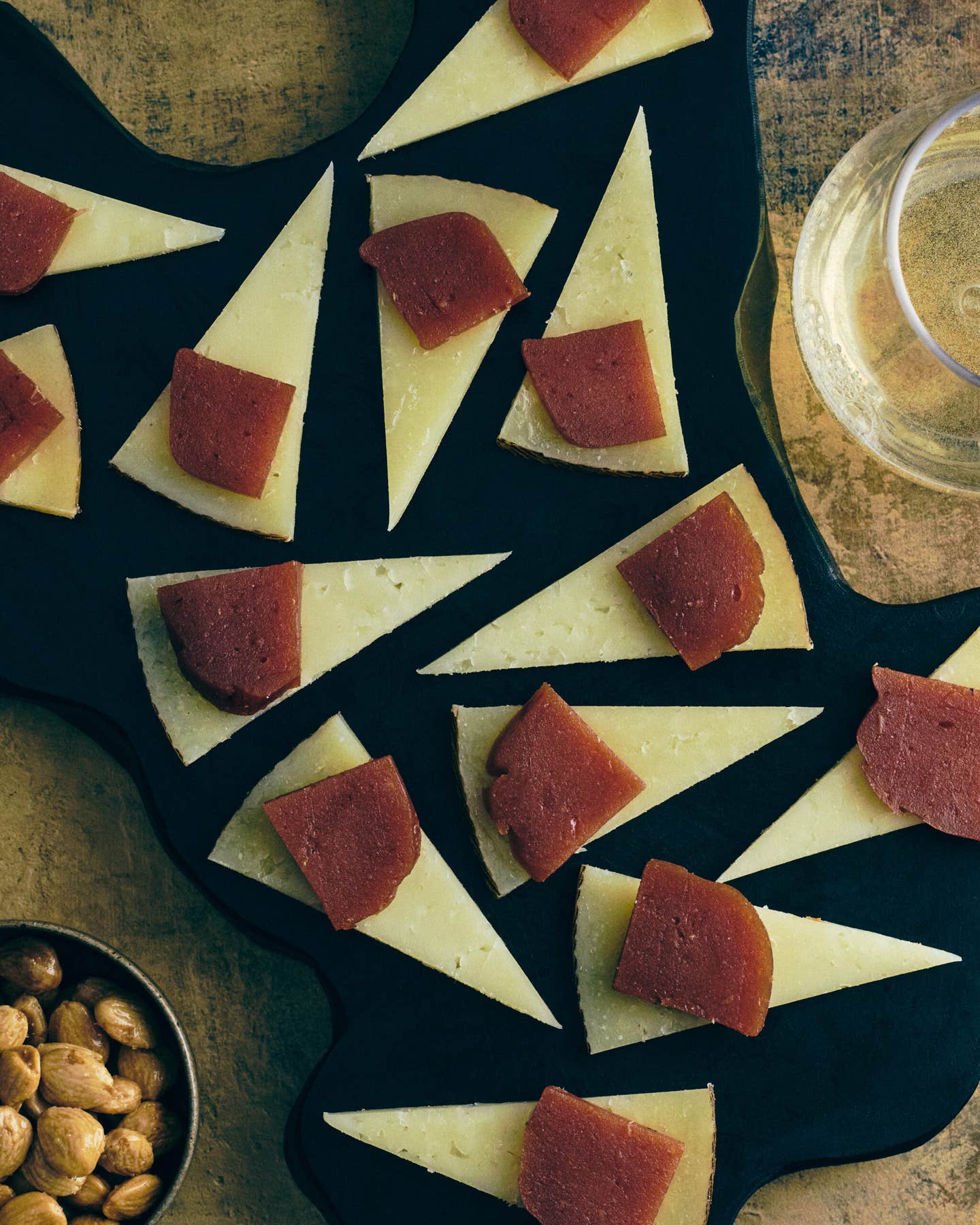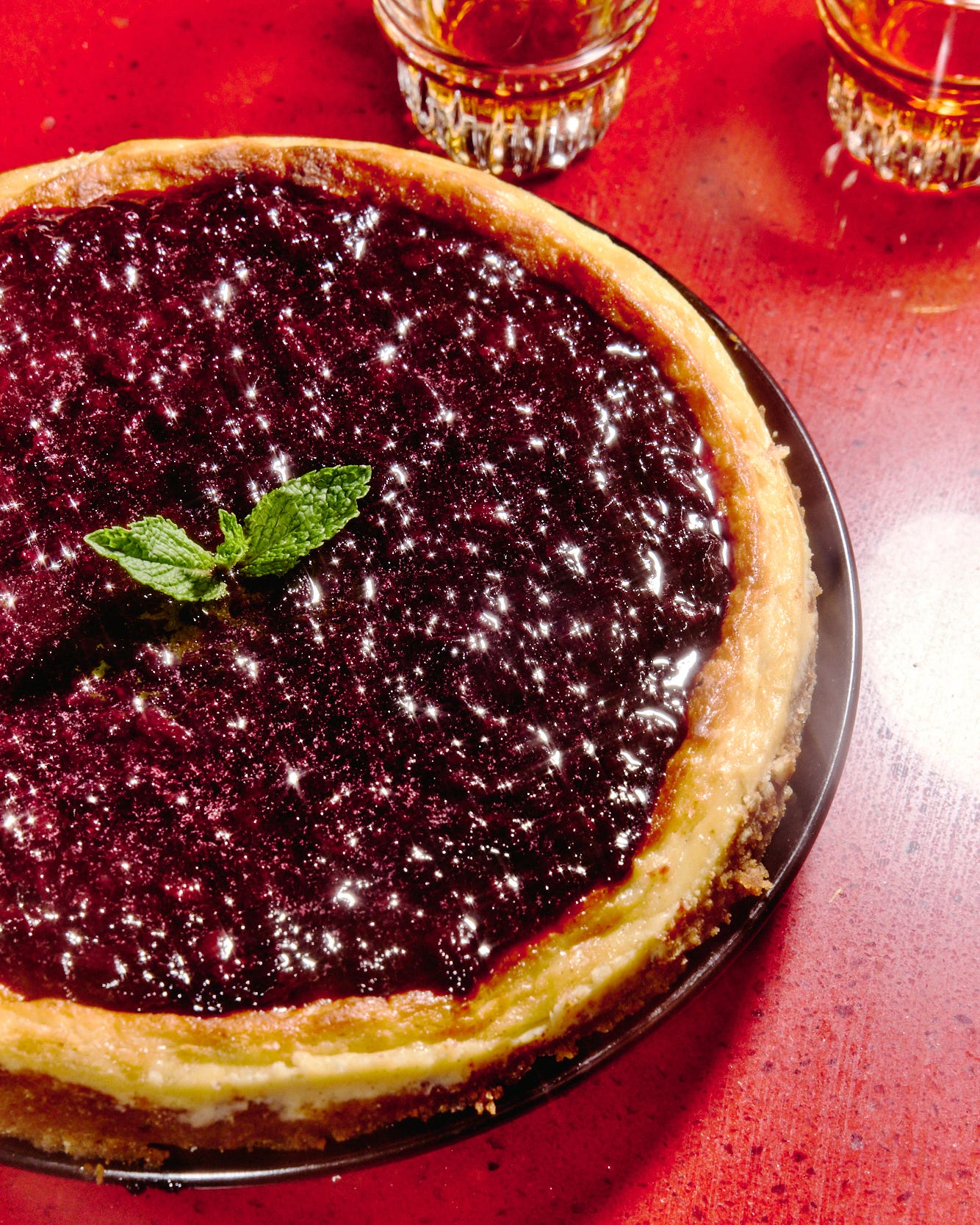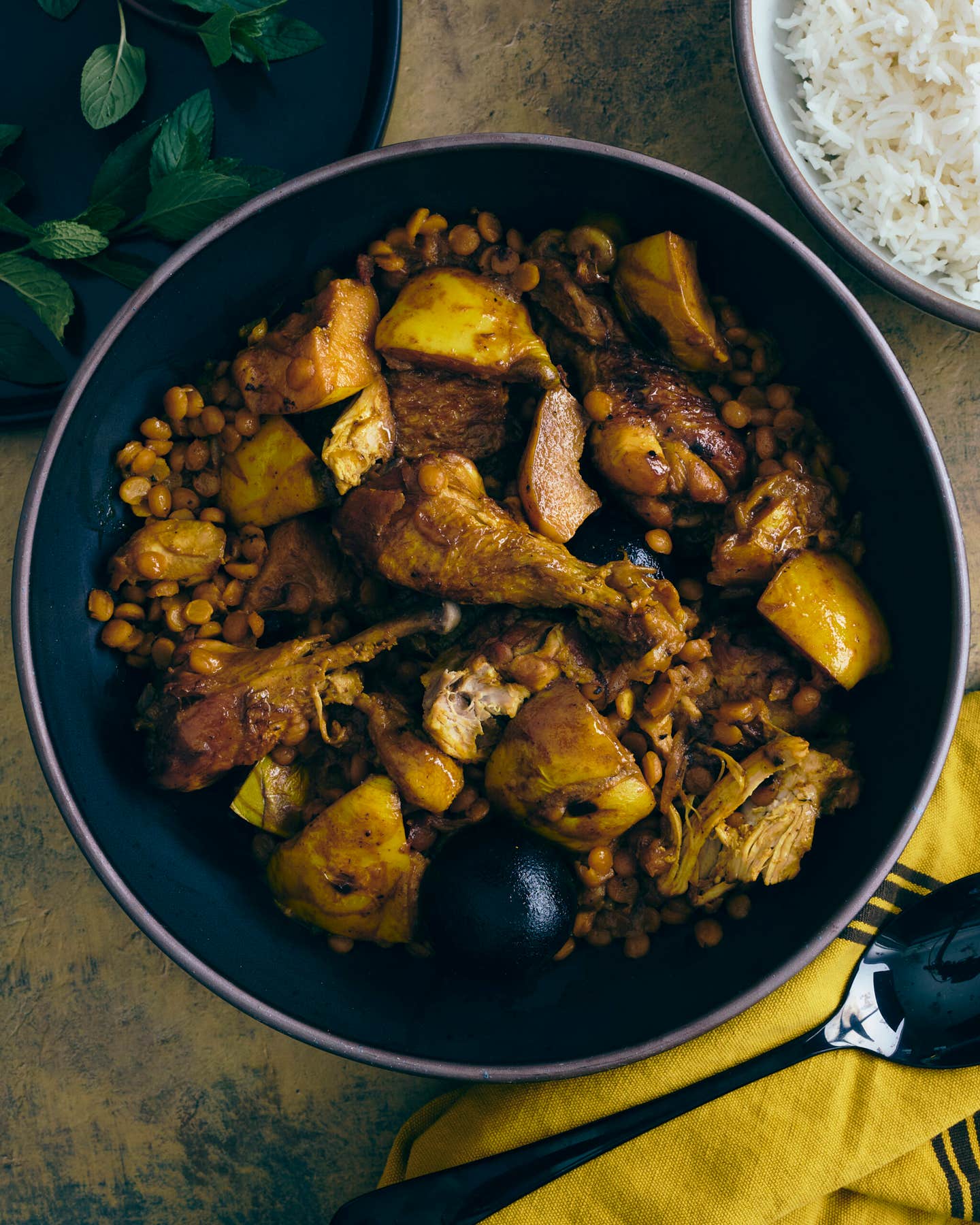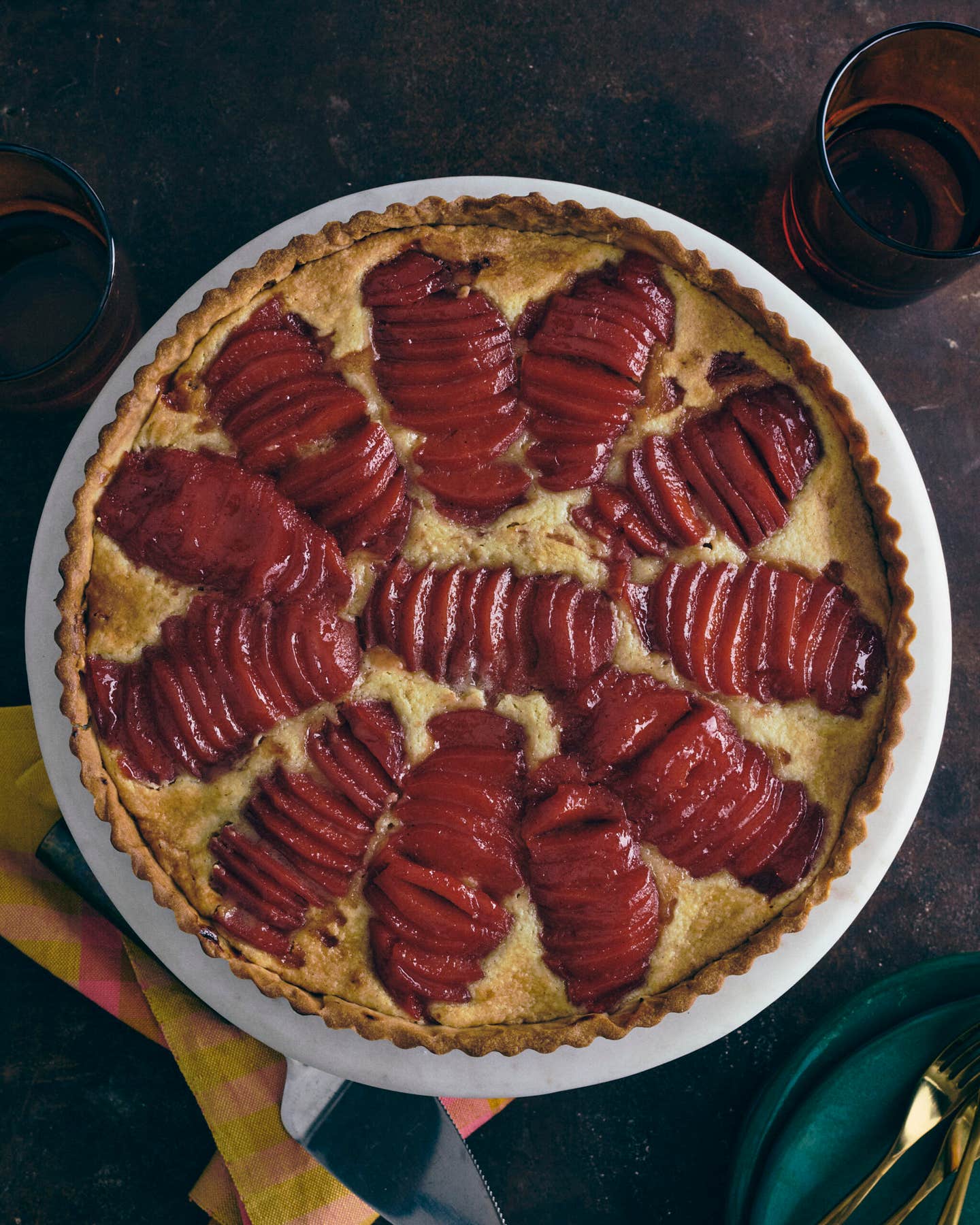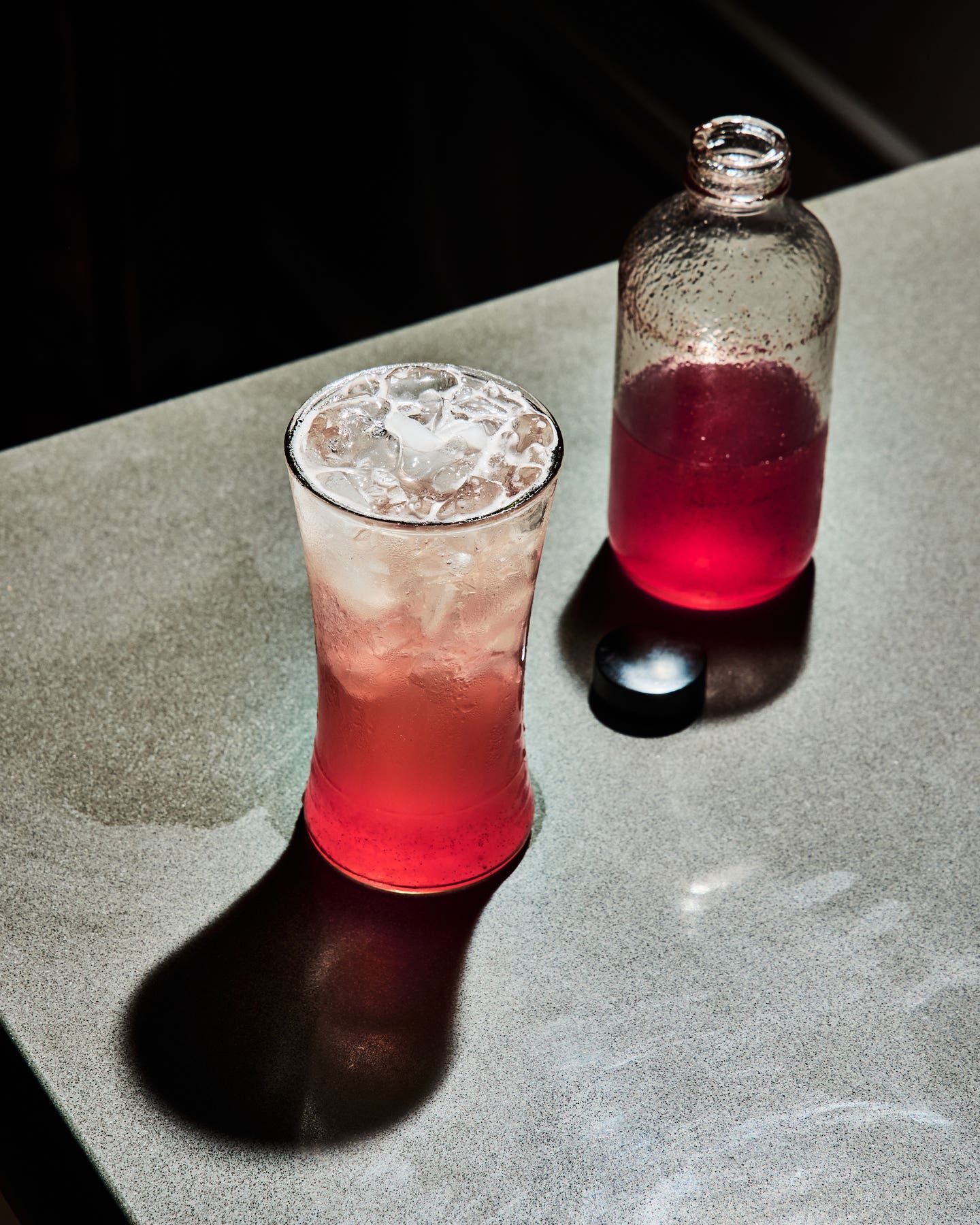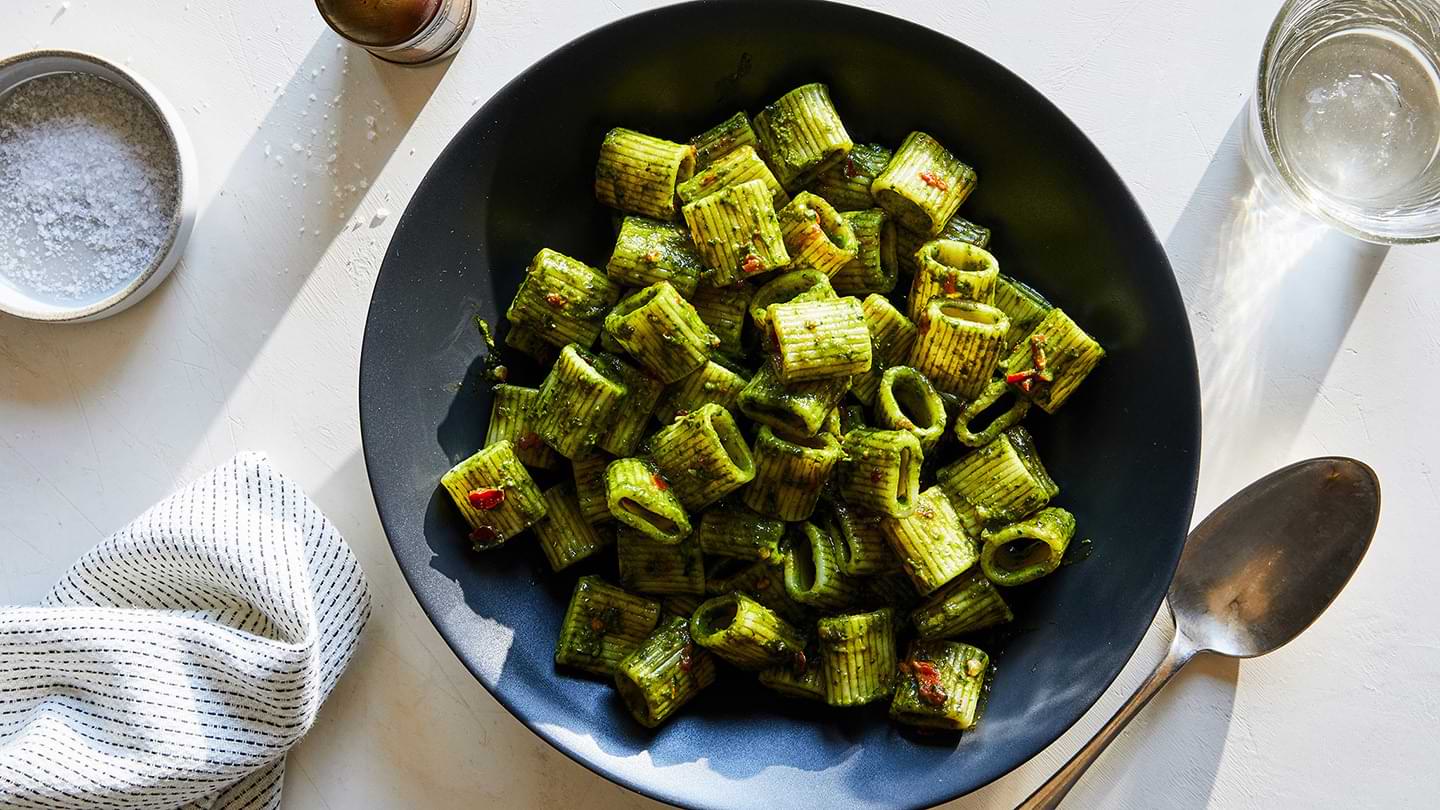Crispy Duck Breast With Black Currant Gastrique
A sweet-tart sauce perks up this bistro classic.
- Serves
2
- Time
45 minutes
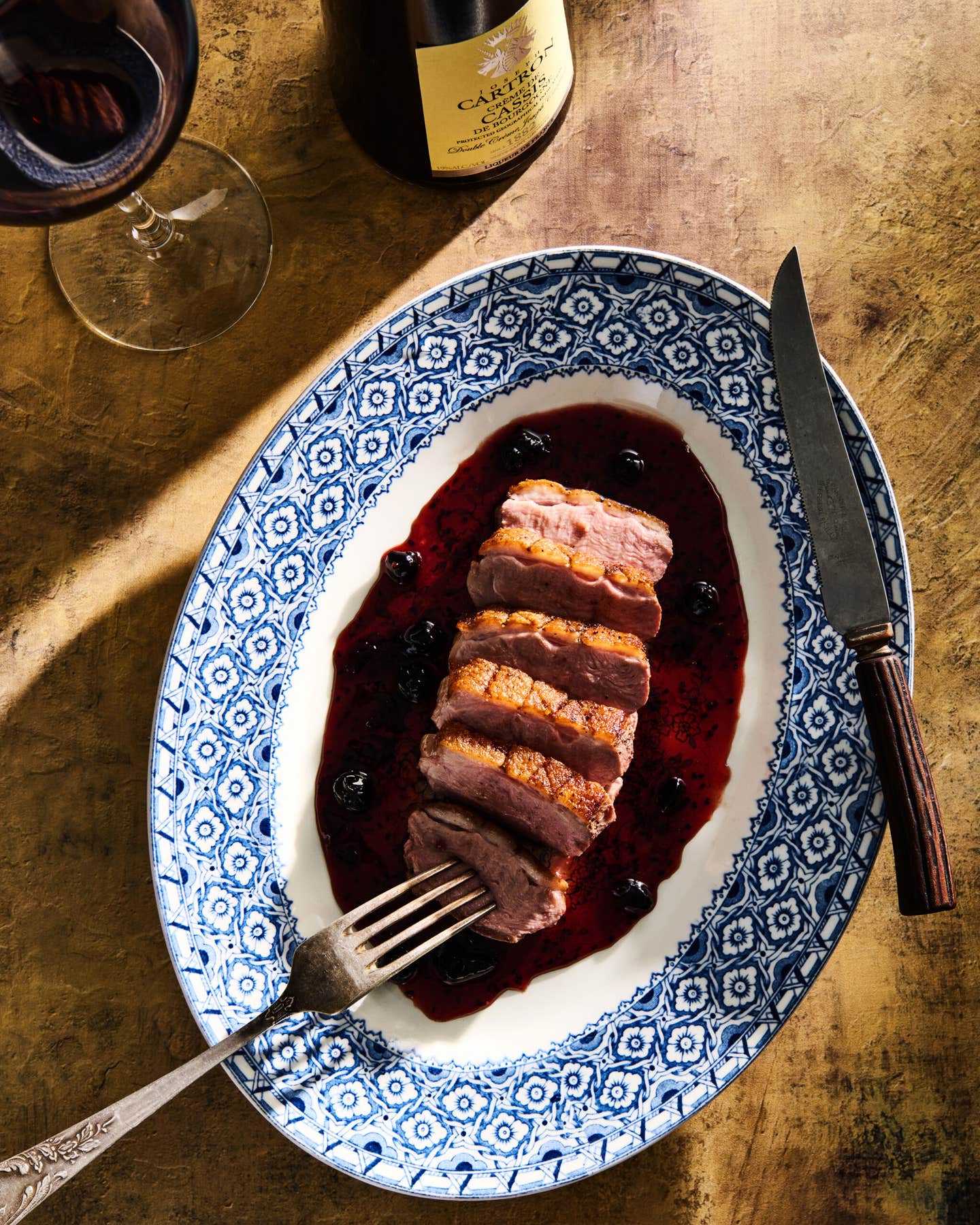
Tart, punchy black currants are just the thing to pair with juicy, pan-roasted duck breasts. Simmered with vinegar and créme de cassis and rounded out with honey, the jammy, sweet-and-sour sauce cuts through the rich meat and is equally welcome spooned over roasted pork, venison, or even quail. If you prefer a more rustic sauce, leave the berries in. For a glossier sauce, strain it through a fine-mesh sieve before serving.
While pan-roasting typically calls for high heat, duck breasts benefit from rendering slowly over a low temperature, allowing the fat to fully melt and the skin to brown. Be sure to save the rendered fat––it’s a wonderful addition to braised cabbage, polenta, or even shortbread cookies.
Ingredients
- ½ cup honey
- 1 cup white wine vinegar
- ½ cup fresh or frozen black currants, stemmed
- ¼ cup crème de cassis
- 2 boneless, skin-on duck breasts (about 12 oz. each), skin scored in a crosshatch pattern
- Kosher salt and freshly ground black pepper
Instructions
Step 1
Step 2
Step 3
Step 4
- Make the black currant gastrique: In a small pot, bring the honey to a boil. Turn the heat to medium-low and simmer, stirring frequently, until the honey is caramelized and deep brown, 6–8 minutes.
- Add the vinegar, black currants, and crème de cassis and bring back to a boil. Turn the heat to medium-low and simmer, stirring occasionally, until the mixture is syrupy and reduced by about half, 13–15 minutes. Cover the pot, set aside, and keep warm.
- Prepare the duck: Season the duck breasts generously with salt and black pepper. To a large stainless steel or cast iron skillet over medium-low heat, add the duck skin-side down and cook undisturbed (to allow the fat to render slowly) until the skin is deep golden brown and crispy, 8–12 minutes. Using a spatula or slotted spoon, carefully flip the duck and continue cooking to desired doneness, 3–4 minutes more for medium rare (or until an instant-read thermometer inserted into the thickest part of the duck reads 130°F). Transfer to a cutting board and set aside to rest for 5–10 minutes.
- Thinly slice the duck on an angle and serve with the black currant gastrique.
Keep Reading
Continue to Next Story
